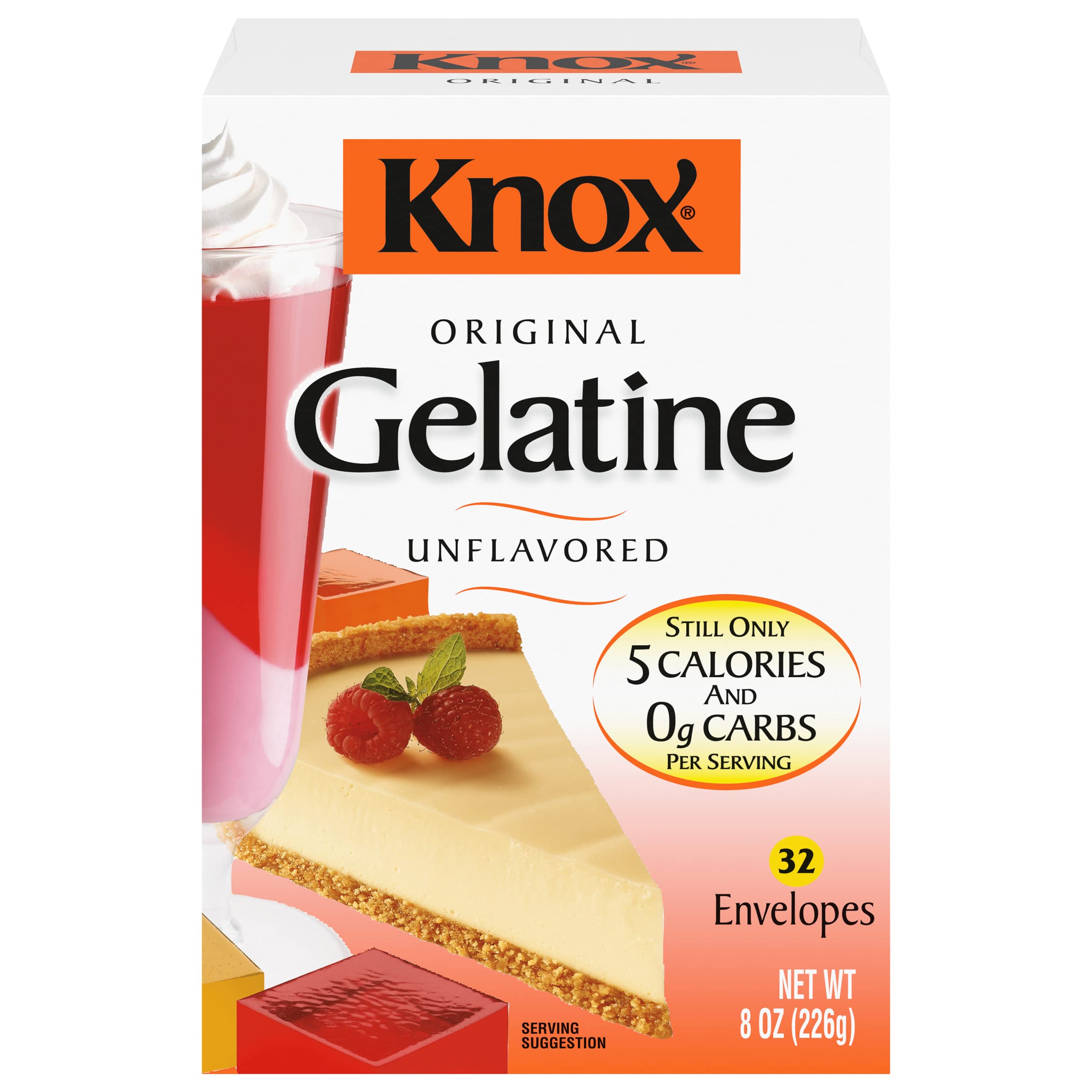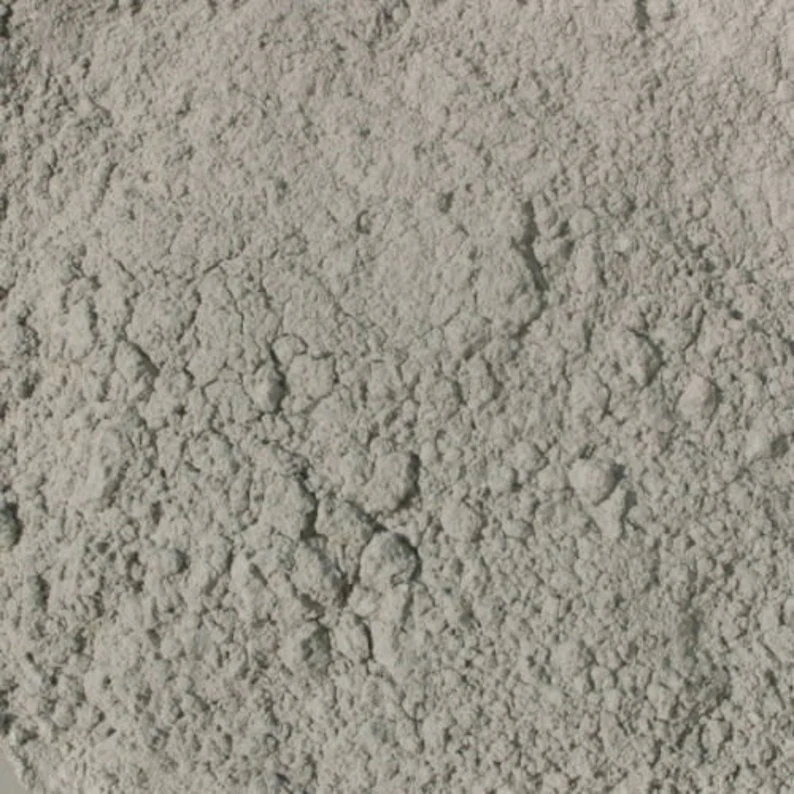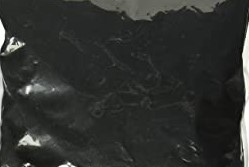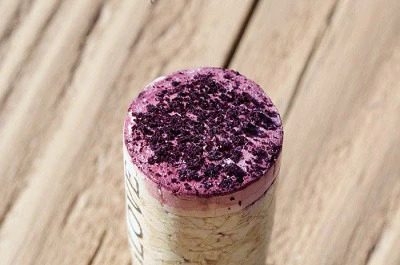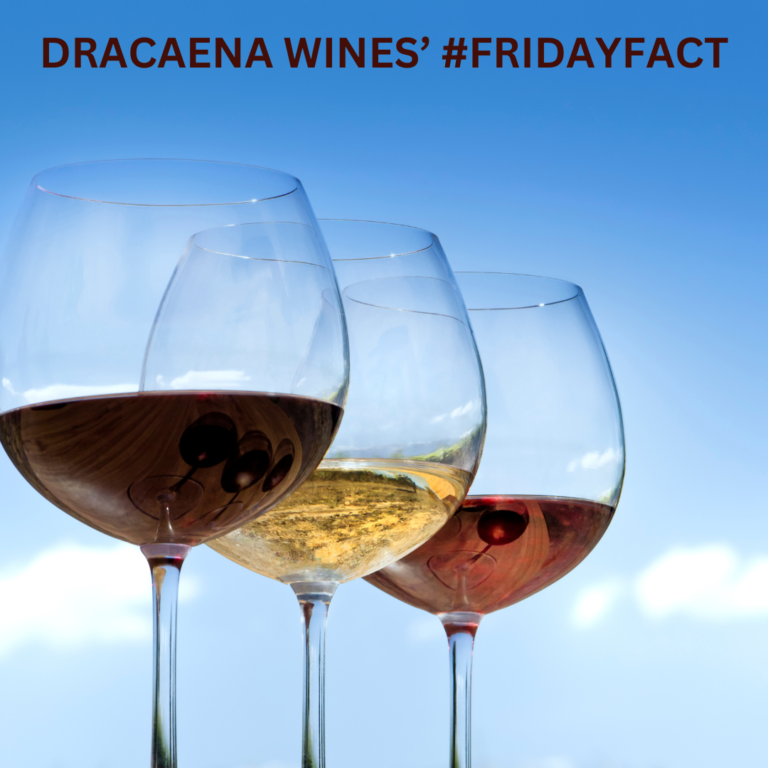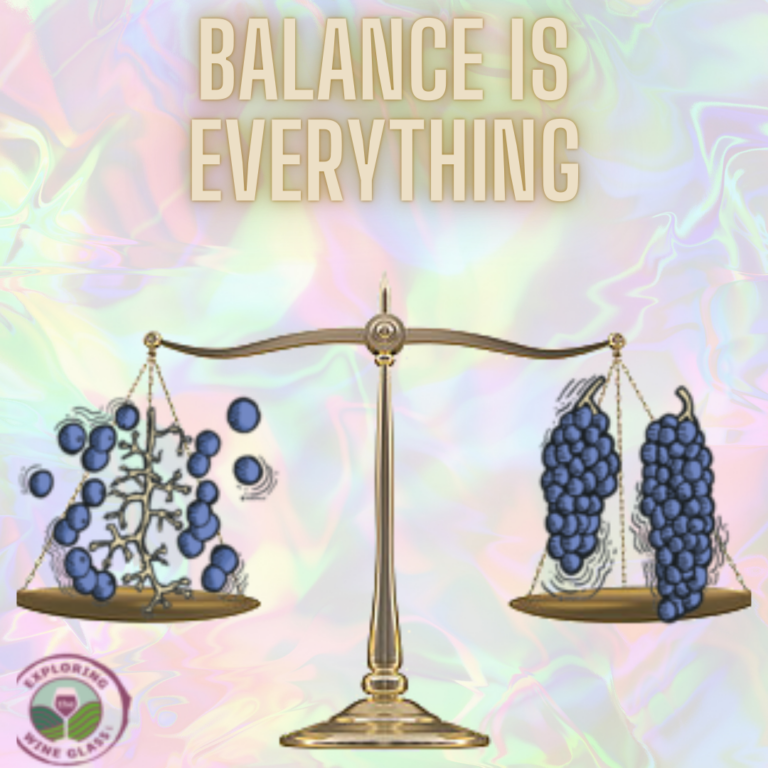What are fining agents and why do we use them? They can be used to soften the tannins of a wine or to remove proteins that can ultimately lead to a haze in the finished wine. People don’t like hazy wine. Well, unless you are on the natural wine craze. Fining agents will react either chemically or physically with the wine components allowing the winemaker to clarify the wine.
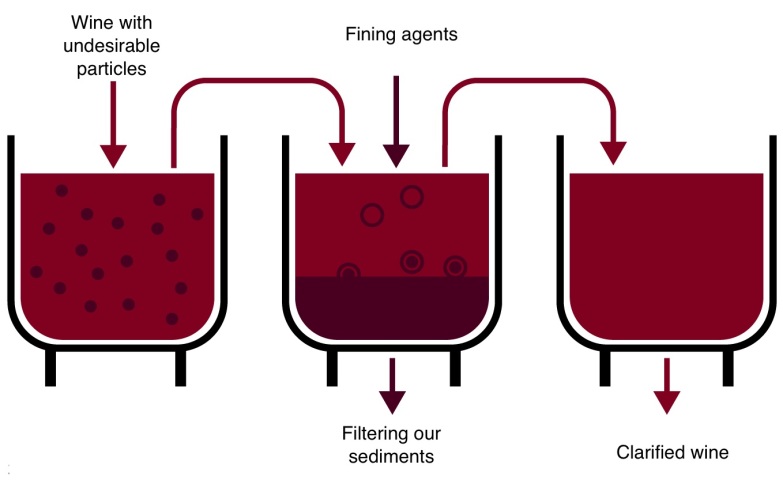
There are a whole bunch of fining agents that a winemaker can choose from. From plain gelatin, to isinglass to egg whites, bentonite and even charcoal. Each, of course, has their own positives and negatives. Just like with radiation when good cells are damaged along with the cancerous cells, fining can take out some of the positives in the wine while it is taking out the negatives. It can remove some of the flavors.
Depending on what the winemaker wants to remove will determine which fining agent they will choose. For example, Carbon will remove a lot of color but is not good for removing tannins. While gelatin is great at removing tannin but not very good at clarifying the wine.
Have you been missing the weekly Exploring the Wine Glass posts? They have moved. Sign up at http://eepurl.com/be49CD to never miss a post. Subscribe to Dracaena Wines’ blog in the sidebar.
Below are some of the typical choices and their positives and negatives:
Gelatin – Yep, that same gelatin you can buy in the store is often used in white wine making to aid clarification and to reduce the level of phenolic compounds associated with bitterness, astringency and browning. The problem with gelatin is it is pretty aggressive and can actually remove too much color from the wine.
Isinglass – Another name for a fish’s bladder. The purpose of the fish bladder is to help the fish know where it is in the water and also to help it move up and down. It is typically used for clarifying white wines but has less of an impact on the astringency and body of the wine compared to gelatin. It does however help bring out the fruit flavors in the wine.
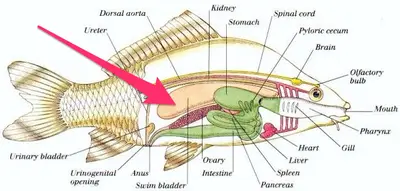
Egg white is used more frequently in red wines to remove the astringency leading to a softer wine. Egg white can be purchased, or it can very easily be separated from the yolk in the winery.
Bentonite is a form of fine clay made formed from volcanic ash. In white wine it actually reacts thanks to its charge negatively charged clay colloid and reacts with positively charged proteins to remove them and clarify the wine. It can be used in red wines also, but there are better options because it can significantly decrease the color of the wine.
Carbon is used to remove off flavors from the wine. There are two types of carbon that can be used, depending on what the winemaker wants to happen. – either dealing with the color of the wine or dealing with the off odors.
Now, here’s the controversial part about fining agents. I don’t think people actually understand the concept of fining agents. Yes, winemakers put the fining agent in, but the whole purpose of the fining agent is to bind to the proteins that are in the wine and pull them out. Once bound, they settle to the bottom and the winemaker then removes those proteins, which in turn is removing the fining agent. So it is not in the wine when a customer purchases and consumes it. So asking if a wine is vegetarian, even if it used egg white or isinglass, yeah, technically it is since it is not in what they are consuming. For example, I hate fish! The smell of it makes me nauseous. I can not walk into a room that has cooked fish without feeling sick. Yet, I have no problem drinking a wine that has used isinglass to fine.
What’s your thoughts on this? Do you consider wine non-vegetarian if the wine has been fined with egg or isinglass?
~Slàinte!
Dracaena Wines has received consistent 90+ ratings and multiple Double Gold medals. Click image to order yours today and let Dracaena Wines Turn Your Moments into Great Memories!
